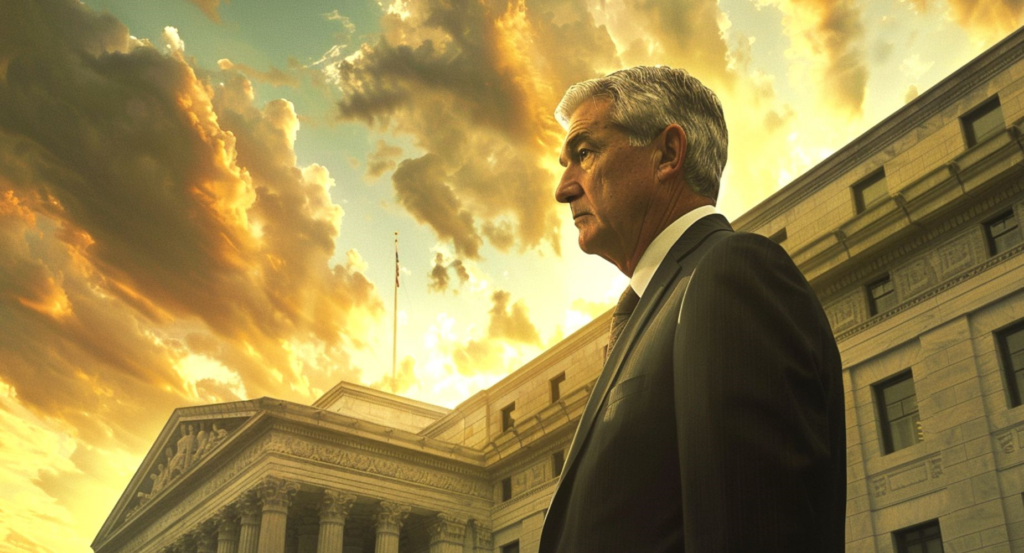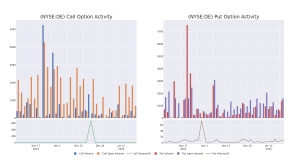
The Federal Reserve lowered interest rates by 0.25 percentage points on Thursday, bringing the federal funds rate to a range of 4.5% to 4.75%. Economists are weighing in on what the policy path ahead may look like.
Michael Brown, senior research strategist at Pepperstone, sees the Fed continuing to cut rates by 25 basis points at each meeting until a neutral rate of around 3% is reached next summer. Brown noted that some of Trump’s policies, tariffs in particular, could be reflationary.
He cautioned that by early next year the FOMC will “likely need to take policy off its current ‘autopilot’ setting, and become considerably more nimble.”
Read Next: Fed Cuts Interest Rates To Lowest Since February 2023, Sticks To Data-Driven Path
Joe Brusuelas, chief economist at RSM, expects the economy to continue growing at a steady pace next year and sees four 25-point rate cuts in 2025, one in each quarter, bringing the rate to or near 3.5%.
Brusuelas noted that the country is “entering an era of unorthodox economic populism” as Trump retakes office. He said his rate forecast is subject to change based on potential fiscal, trade and immigration policy adjustments made by Trump during the year.
“I don’t think inflation is a real risk in the near term,” Brusuelas said. He pointed out that any policy changes made by Trump would take time to work through the economy and said inflation should remain low through the middle and possibly the end of 2025.
Jamie Cox, managing partner for Harris Financial Group, also sees room for the Fed to lower interest rates well into 2025 and noted that the economy remains strong.
“Markets should not expect supersized rate cuts unless the economy turns south and doesn’t look at all likely for a while,” Cox said.
Bill Adams, chief economist for Comerica Bank, pointed out that though the Fed followed through with its previously signaled rate cut, it was “a little less adamant about the case for further rate cuts going forward.” He highlighted Powell’s comments that the Fed is “on a path toward a more neutral stance,” but noted that “neutral” is theoretical and not a specific level.
“To the extent that the higher inflation expectations reflected by financial markets in the last few days are realized, the Fed is likely to cut rates slower than expected before the election,” Adams said.
Read More:
Image created using artificial intelligence via Midjourney.
Market News and Data brought to you by Benzinga APIs
© 2024 Benzinga.com. Benzinga does not provide investment advice. All rights reserved.


